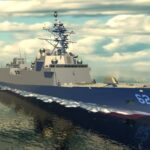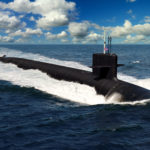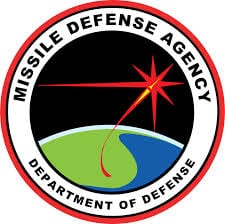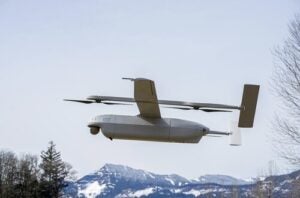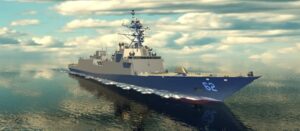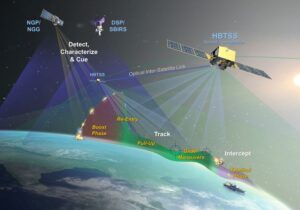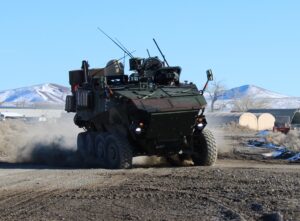
After completing a series of testing with the General Dynamics [GD] prototype for the Marine Corps’ Advanced Reconnaissance Vehicle (ARV) program in 2023, this year will include further risk reduction efforts to inform requirements and ongoing discussions with the service to potentially build a 30mm gun and turret version of the platform, the company said. In an interview with Defense Daily, Phil Skuta, GD Land Systems’ director of U.S. Marine Corps and Navy strategy and business development, detailed the company’s…

 By
By 
